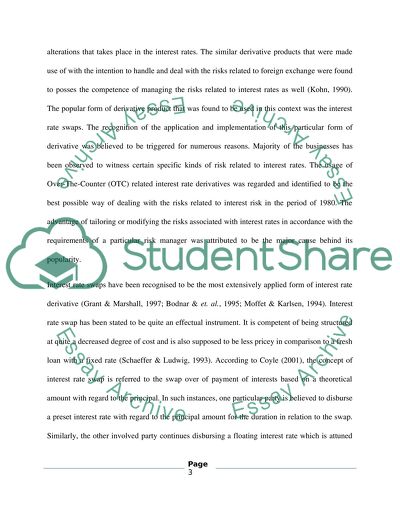Cite this document
(“Interest Rate SWAPS Literature review Example | Topics and Well Written Essays - 2000 words”, n.d.)
Retrieved from https://studentshare.org/finance-accounting/1446445-interest-rate-swaps
Retrieved from https://studentshare.org/finance-accounting/1446445-interest-rate-swaps
(Interest Rate SWAPS Literature Review Example | Topics and Well Written Essays - 2000 Words)
https://studentshare.org/finance-accounting/1446445-interest-rate-swaps.
https://studentshare.org/finance-accounting/1446445-interest-rate-swaps.
“Interest Rate SWAPS Literature Review Example | Topics and Well Written Essays - 2000 Words”, n.d. https://studentshare.org/finance-accounting/1446445-interest-rate-swaps.


